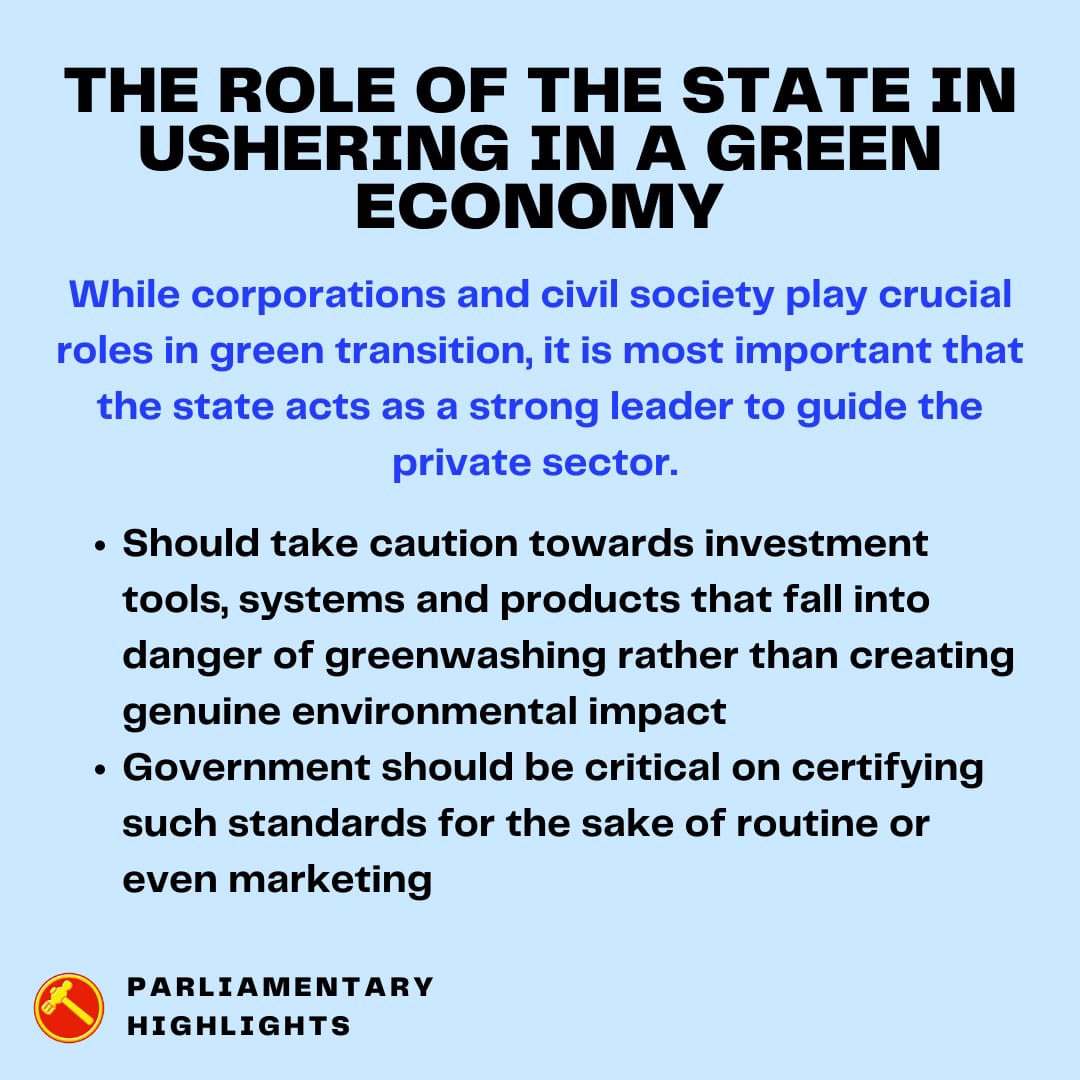
As an educator and lifelong learner myself, I really buy into the idea of reskilling and continuous education. So it is unsurprising that I support the general thrust of the SkillsFuture program. (1/n) 

Where I have more quibbles is in its execution, which is also informed by my background and experience in the education sector. A big part of the problem is the sort of retraining on offer. (2/n)
What’s there isn’t necessarily bad. I’ve heard complaints about some are using their credits for seemingly-useless courses like flower arrangement or sake tasting; but truth be told, these could springboard career changes, and we shouldn’t preemptively rule them out. (3/n) 

But it’s important that courses on offer are those that are delivered by the best teachers available, and they meet the skills needs that are missing in our economy. So we can’t just rely on MOE teachers. (4/n) 

Problem is, the current hurdle rate for professors strikes me as unreasonably high. I confess I may be biased here, but the existing requirements ask that potential SkillsFuture trainers dedicate close to 90 hours of their time to be accredited. (5/n) 

Think about it: you’re asking professors (I’m excluding myself here)—who may well have written the textbook on a subject, or published work that has redefined a field—to slog through weeks and weeks of pedagogical training. (6/n)
All that busy work, just for the privilege of being able to offer SkillsFuture courses. Time is precious, and all the more so for busy academics who already face publishing, teaching, and service commitments to their universities. (7/n)
I can’t fully speak for others, but I have close to zero bandwidth (or inclination) to pursue such idiosyncratic accreditation. Many other academic colleagues express similar sentiments. So SkillsFuture may be inadvertently ruling out a whole bunch of domain experts. (8/n)
The problem goes beyond university professors. Funding for in-house trainers will be removed in a few years, ostensibly due to lack of interest. But I’m-house trainers are probably the best equipped to deliver industry-relevant education. (9/n) 

This move strikes me as the wrong way round: if takeup is poor, we should try to understand why this is so (and fix it), rather than simply accept the current state of affairs as indicative of genuine lack of demand. (10/n)
Another class of trainers that are often shortchanged are experience-rich (but qualification-poor) laojiao. Some of these experienced tradesmen just aren’t good at tests. Yet the program still requires such paper-based evaluations. (11/n)
In its response, MOE explained that it was exploring alternative pathways to evaluate the teaching ability of potential SkillsFuture providers. That’s welcome, and cannot happen fast enough. #makingyourvotecount (n/n)
• • •
Missing some Tweet in this thread? You can try to
force a refresh














